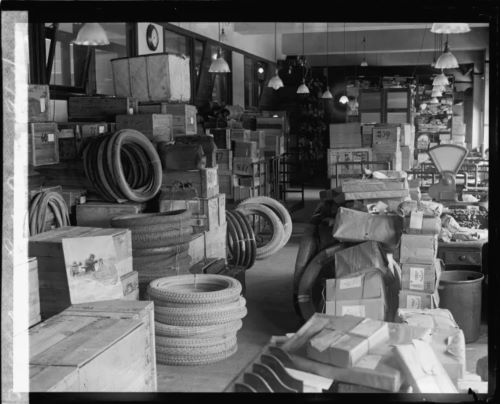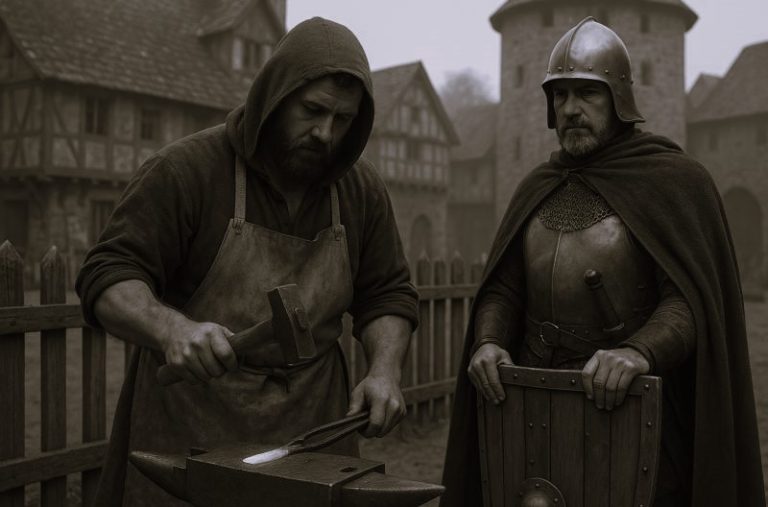
Do you need to courier an important document? Or, maybe you want to send out a large consignment of goods? If your answer is ‘yes’, then choosing a suitable packaging might be one of your prime concerns. But before you reach for that mailer bag or bubble wrap, would you like to pause for a moment and think how packaging came to its present state?
In this article, we explore the history of packaging from its earliest forms to its present-day avatars.
Pre-historic packages
Predominantly hunters and gatherers, the early man seldom had any requirement for packaging, except maybe for storing food. Historians believe that nature provided our ancestors packaging solutions in the form of leaves, gourds, shells, etc. for storage — a practice still prevalent in many parts of the world.
Progression to woven baskets, clay pots, and metal containers
Soon, Man curved containers out of wood before weaving baskets and bags with grass, reeds, animal fur, etc. With the invention of the wheel, Man figured out how to mould clay into pots. Later, with the discovery of metal, our ancestors started making weapons, containers and various other utility items of metal.
Glass as a packaging material
The ancient Egyptians developed glass blowing technology to mass-produce coloured glass pots for storage and transportation of food and water. It wasn’t until 500 years later that we learned to make transparent glass.
Flexible packaging traced back to China
The Chinese people were the first to make the earliest paper from the bark of the mulberry tree to transport food. The concept went through several stages of modification until commercial production of paper became possible. However, in 1817, cardboard boxes were manufactured as a flexible packaging solution, and in 1879, the first serrated carton saw the light of the day, albeit accidentally.
Barrels and boxes until the Industrial Revolution
Before industrialisation, people used wooden barrels and boxes to store and transport food, liquor, and water. Later, advancements in technology led to the advent of various packaging materials such as tin, cardboard, etc.
Food in cans
At one time, cans were a rage for packing food products. The credit goes to Nicholas Appert, who discovered that food boiled at high temperature and sealed in glass containers stays fresh for a long time. Peter Durand later applied this idea to tin cans.
And, it is a wrap
A Swiss chemist laid the foundation for modern plastic packaging in 1908 when he invented the cellophane while experimenting on fabric that can carry liquid. Would you believe that the bubble wrap that is so popular today as protective packaging is the result of an experiment to create patterned wallpaper until IBM started using it for packing its computers? And, not to forget the Polyethylene Terephthalate (PET) bottles that were a cheaper alternative to glass bottles for manufacturers. However, with rising consciousness about the environment, policymakers, manufacturers, and consumers are now more inclined towards packaging solutions that leave a minimal carbon footprint. Hence, the wide range of packaging products, including pallet wrapping supplies from Omni Group can be your go-to solution for all your commercial packaging needs in Australia.







